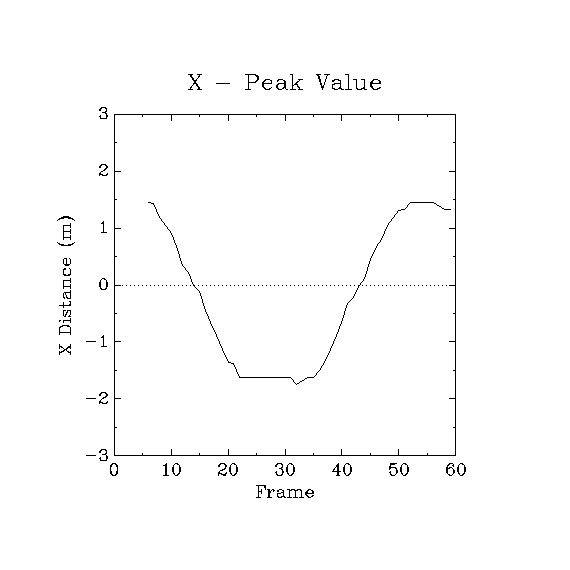Hi,
I thought I knew what was meant my angular resolution based upon a number mmwave documents I examined but after taking some measurements, I found that I need some clarification. I ran the standard mmwave demo application using 2 transmitter and 4 receiver antennas except that I increased the cfar threshold to 4000. I collected the detected object data when a dihedral moved across the the field of view and back again. I was expecting to observe a "digitized" variation in x since the resolution is suppose to be 15 degrees. Instead, I observed the following:
1. The typical frame had a number of detected objects even though the cfar threshold was set to 4000 (I thought such a threshold would have eliminated many objects that had a smaller return magnitude). For frame 16, I observed
Frame Range Velocity PeakVal X Y
Index Index Index
16 82 1 142 -0.523437500 3.31250000
16 86 1 4281 -0.439453125 3.49023438
16 185 1 47 -0.708984375 7.53515625
16 169 2 45 -0.648437500 6.88281250
16 88 7 46 -1.68750000 3.17968750
16 88 -7 39 1.23828125 3.38085938
16 180 -1 67 -0.689453125 7.33007812
16 82 1 82 -1.67773438 2.90429688
16 86 1 2174 1.53906250 3.16406250
16 169 2 28 3.24023438 6.10742188
16 88 -7 20 3.26171875 1.52148438
2. When I selected the X and Y values for the detected objects based upon the largest PeakVal, I saw a very smooth variation in x as shown in the attached image.
a. Can you tell me why the x variation was so smooth when I thought the angular resolution was 15 degrees? The field of view was +/- 25 degrees.
b. Can you tell me why I collected so many detected objects when the cfar threshold was set to a fairly large value of 4000.
c. I was surprised that there were two fairly large returns (4281 and 2174). The 2nd largest return had a x value that was positive (the true value is negative) and a y value twice of what it should have been. There was only one dominant scatterer (dihedral) in the scene. Any thoughts?
d. Would there be any settings to filter out some of the erroneous detected objects?
Thanks in advance.
Al
The configuration used was
sensorStop
flushCfg
dfeDataOutputMode 1
channelCfg 15 5 0
adcCfg 2 1
adcbufCfg 0 1 0 1
profileCfg 0 77 429 7 57.14 0 0 70 1 240 4884 0 0 30
chirpCfg 0 0 0 0 0 0 0 1
chirpCfg 1 1 0 0 0 0 0 4
frameCfg 0 1 16 0 100 1 0
lowPower 0 0
guiMonitor 1 1 0 0 0 1
cfarCfg 0 2 8 4 3 0 4000
peakGrouping 1 1 1 1 229
multiObjBeamForming 1 0.5
clutterRemoval 1
calibDcRangeSig 0 -5 8 256
compRangeBiasAndRxChanPhase 0.0 1 0 1 0 1 0 1 0 1 0 1 0 1 0 1 0 1 0 1 0 1 0 1 0
measureRangeBiasAndRxChanPhase 0 1.5 0.2
CQRxSatMonitor 0 3 5 123 0
CQSigImgMonitor 0 119 4
analogMonitor 1 1
sensorStart


